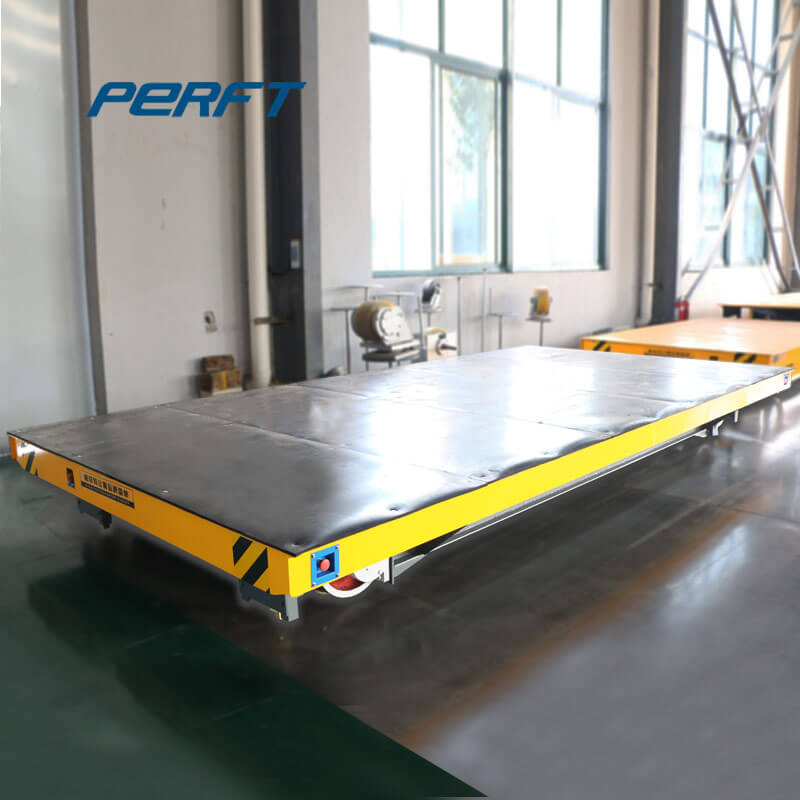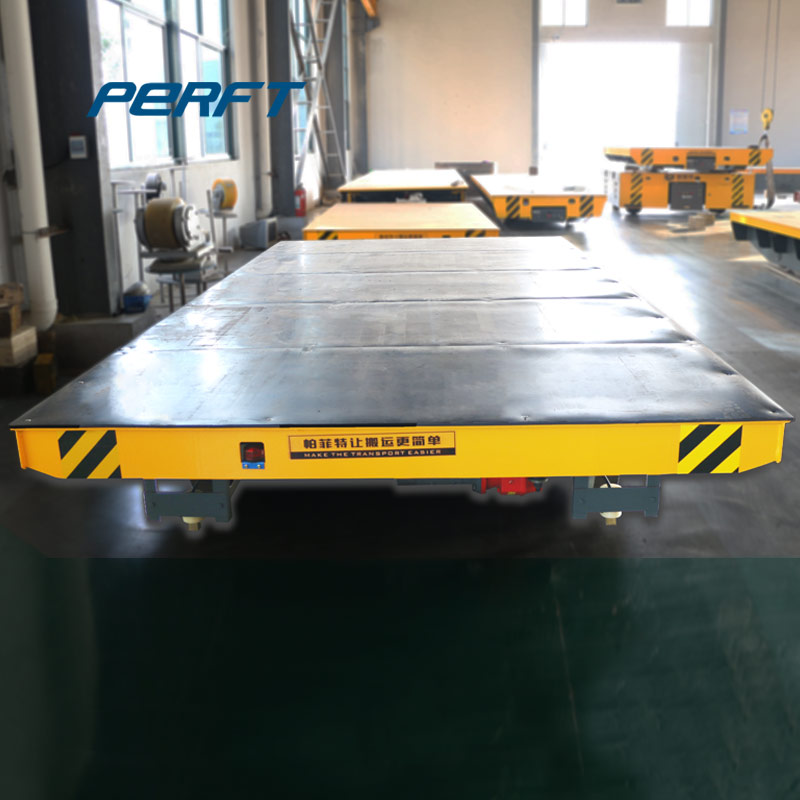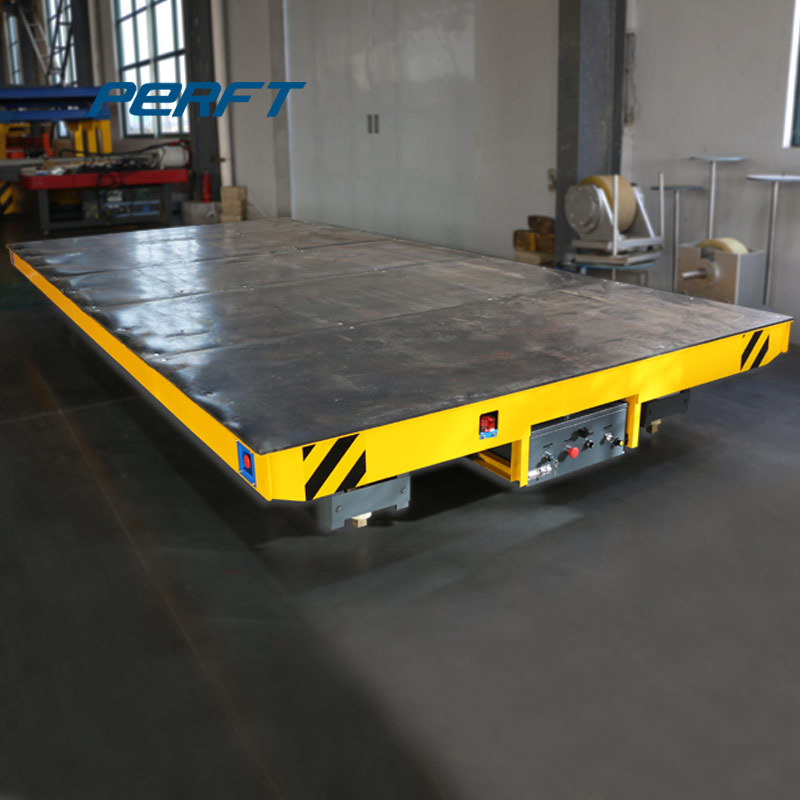


.jpg)
.jpg)
.jpg)
.jpg)
.jpg)
.jpg)
.jpg)
.jpg)
.jpg)
.jpg)
.jpg)
.jpg)
.jpg)
.jpg)
.jpg)
.jpg)
.jpg)
.jpg)
.jpg)
.jpg)
.jpg)
.jpg)
.jpg)
.jpg)
.jpg)
.jpg)
.jpg)
.jpg)
.jpg)
.jpg)
.jpg)
.jpg)
.jpg)
.jpg)
.jpg)
.jpg)
.jpg)
.jpg)
.jpg)
.jpg)
.jpg)
.jpg)
.jpg)
.jpg)
.jpg)
.jpg)
.jpg)
.jpg)
.jpg)
.jpg)
.jpg)
.jpg)
.jpg)
.jpg)
.jpg)
.jpg)
.jpg)
.jpg)
.jpg)
.jpg)
.jpg)
.jpg)
.jpg)
.jpg)
.jpg)
.jpg)
.jpg)
.jpg)
.jpg)
.jpg)
.jpg)
.jpg)
.jpg)
.jpg)
.jpg)
.jpg)
.jpg)
.jpg)
.jpg)
.jpg)
.jpg)
.jpg)
.jpg)
.jpg)
.jpg)
.jpg)
.jpg)
.jpg)
.jpg)
.jpg)
.jpg)
.jpg)
.jpg)
.jpg)
.jpg)
.jpg)
.jpg)
.jpg)
.jpg)
.jpg)
Rail is also constrained in terms of holding capacity. Trains have a limited holding capacity compared to pipelines. In 2013, the peak year for oil transportation by rail, trains moved a total of 262 million barrels of crude. In contrast, pipelines moved over 15 billion
average, move one ton of freight more than 4 80 miles per gallon of fuel. • Sustainable Choice: AAR analysis of federal data finds: If 25% of the truck traffic moving at least 750 miles went by rail instead, annual greenhouse gas emissions would fall byIf 50% of the
9/5/2019 · Freight trains are our future. The following is an excerpt from “Power Trip” by Michael E. Webber. One of the simplest and most powerful ways to address transportation’s energy challenges is
8/7/2020 · Rail is a cost-effective and efficient way to move almost any freight in the United States, which benefits both producers and consumers. Each American requires the movement of approximately 54 tons of freight per year. Goods people use or components of the goods people use arePerfectly shipped by rail
• Rail coal volumes have fallen in recent years, but coal is still a crucial commodity for U.S. freight railroads and thePerfectr economy. In 2020: • U.S. railroads moved 3 million carloads of coal, with each rail car carrying enough coal to power 19 homes for a year.
rail, softwood ties, pit run ballast and a “silt mix” grade would probably be capable of 180 – 220,000 lb car loading with a maximum track speed of 15-25 mph, where track with 136 lb rail
Workers move wires, lights, and poles to transport a 340-ton power transformer, causing hours of traffic delay A specialized railroad freight car known as the Schnabel railcar is used to transport extremely heavy loads and to accommodate height via railways (see Figure below).).
During the late 19th century railroad track could weigh less than 80 pounds (typically measured per yard) but as the decades passed and locomotives and cars grewPerfectr the rails have had to follow. Today, the major rail arteries around the country employ track that weight at least 120 pounds but some can weight up to 140 pounds.
General Instruction Pages Locomotive and Rolling Stock Data Version 2.0 December 2011 Australian Rail Track Corporation Perfect Transfer Cart SECTION 10 – Page 1 EXPLANATION OF NOTES: FOR LOCOMOTIVE AND ROLLING STOCK DATA a These vehicles when loaded to a maximum of 80 tonnes are restricted to routes and speeds as follows when so loaded:
vehicle chassis is the result of careful design and rigorous testing. Consequently, no modification to a chassis frame should be made before consultation with the vehicle manufacturer or an engineer experienced in commercial vehicle chassis modifications.
[(1.2 lbs/Ton (rail) / 29.58 lbs/Ton (truck)] x 100 = 4.06% The steel wheel rail vehicle will require less than 5% (1/20) the energy required by a rubber tire road vehicle, to do the same amount of work. However, this calculation does not include bearing friction
The Future of Rail examines how the role of rail in global transport might be elevated as a means to reduce the energy use and environmental impacts associated with transport. The rail sector can provide substantial benefits for the energy sector as well as for the environment. By diversifying energy sources and providing more efficient
The 54-foot, 100-ton car can carry one M1 tank or two M60 tanks, and the 68-foot, 140-ton car can carry two tanks. Since supply is limited, these cars should be used only for heavy armored
Bi-level and tri-level rail cars are designed to transport pick-up trucks, minivans and sports utility vehicles. Each rail car has a maximum load capacity of 10 to 15 vehicles. Products likePerfectr tractors, motor homes and military vehicles move on uni-level flat cars. Inside length: 89', 4". Inside width: 8', 7".